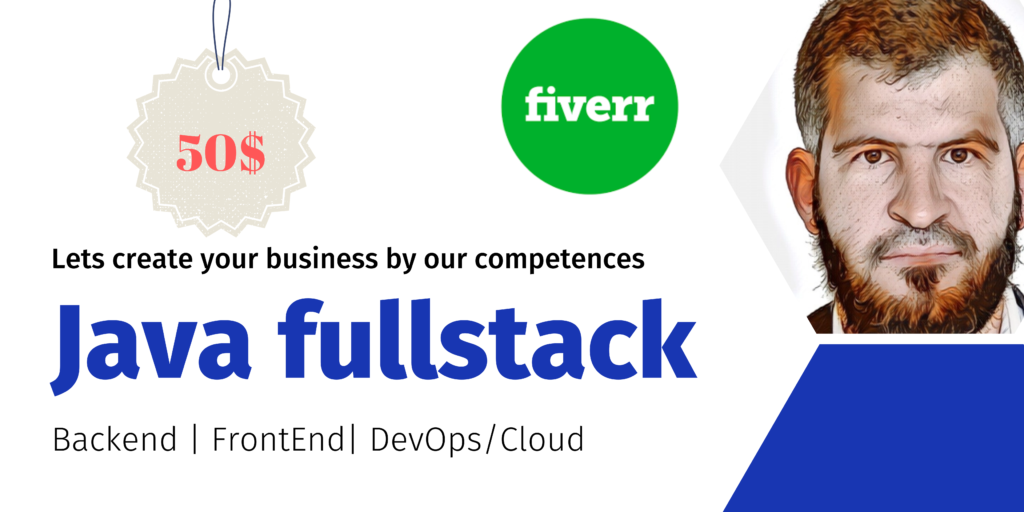Cloud computing has become an integral part of modern technology, impacting how individuals and businesses store, process, and manage data. Despite its widespread use, understanding the fundamentals of cloud computing can be challenging for beginners. In this article, we’ll demystify cloud computing, providing you with a clear and beginner-friendly explanation of what it is, how it works, and why it matters.
What is Cloud Computing?
At its core, cloud computing is a technology that allows you to access and use computing resources and services over the internet, often referred to as “the cloud.” These resources and services include servers, storage, databases, networking, software, analytics, and more, all provided by third-party service providers.
In a traditional computing model, you would need to own and maintain your own hardware and software. With cloud computing, you can essentially rent these resources on a pay-as-you-go basis, eliminating the need for extensive upfront investments in infrastructure.
Key Concepts in Cloud Computing
Let’s explore some fundamental concepts that are central to understanding cloud computing:
1. Service Models: IaaS, PaaS, SaaS
Cloud computing offers various service models, each providing different levels of control and management:
- Infrastructure as a Service (IaaS): In IaaS, you rent virtualized computing resources like virtual machines, storage, and networking. This gives you more control over the infrastructure while still abstracting the underlying hardware.
- Platform as a Service (PaaS): PaaS provides a platform that includes everything you need to develop, run, and manage applications. It abstracts infrastructure management and focuses on the development and deployment of applications.
- Software as a Service (SaaS): SaaS delivers software applications over the internet. With SaaS, you access software applications hosted by a provider, eliminating the need for installation and maintenance.
2. Deployment Models: Public, Private, Hybrid, and Multi-Cloud
Cloud computing deployment models determine how and where your cloud infrastructure is hosted:
- Public Cloud: Services and resources are provided by a third-party cloud service provider and shared among multiple customers. Public clouds are cost-effective and scalable.
- Private Cloud: A private cloud is dedicated to a single organization, providing more control and security but requiring higher infrastructure investment.
- Hybrid Cloud: A combination of public and private clouds allows you to balance cost-effective scalability with the security and control of a private cloud.
- Multi-Cloud: Using multiple cloud providers for different purposes, such as combining AWS for storage and Azure for machine learning, is known as a multi-cloud strategy.
3. Cloud Services: Storage, Compute, Database, and More
Cloud providers offer a wide array of services to meet different needs:
- Storage Services: These include object storage (like Amazon S3), file storage (like AWS EFS), and block storage (like AWS EBS).
- Compute Services: You can access virtual machines, containers, and serverless computing options for running your applications.
- Database Services: Managed database services (e.g., Amazon RDS or Azure SQL Database) simplify database administration tasks.
- Networking Services: Cloud providers offer various networking services, such as virtual networks, load balancers, and content delivery networks (CDNs).
4. Scalability and Elasticity
Cloud computing allows you to scale resources up or down based on demand, ensuring optimal performance and cost-efficiency. Scalability involves adjusting resources, while elasticity refers to the ability to automatically adapt to changing workloads.
Why Cloud Computing Matters
Cloud computing offers several advantages that make it an essential technology in today’s digital landscape:
- Cost Efficiency: You only pay for the resources you use, reducing upfront infrastructure costs.
- Flexibility: Scale resources as needed, adapting to changing business requirements.
- Accessibility: Access your data and applications from anywhere with an internet connection.
- Reliability: Cloud providers offer high availability and redundancy, reducing the risk of data loss.
- Security: Leading cloud providers invest heavily in security measures and compliance certifications.
- Innovation: Access to cutting-edge technologies and services without the need to build and maintain infrastructure.
Getting Started with Cloud Computing
If you’re eager to explore cloud computing, consider these steps to get started:
- Choose a Cloud Provider: Major cloud providers like Amazon Web Services (AWS), Microsoft Azure, and Google Cloud Platform (GCP) offer a range of services. Select one that aligns with your needs.
- Learn the Basics: Familiarize yourself with the fundamentals of cloud computing by exploring online courses, tutorials, and documentation provided by your chosen cloud provider.
- Practice: Create a free tier or trial account to experiment with cloud services. Start with simple tasks like creating virtual machines or storage buckets.
- Certification: Earning a cloud certification can validate your skills and knowledge, making you more competitive in the job market.
- Apply in Real Projects: Implement cloud solutions in your own projects or within your organization to gain practical experience.
Cloud computing is not just a buzzword but a transformative technology with tangible benefits. As you delve into cloud computing, you’ll discover its remarkable potential for efficiency, scalability, and innovation. Whether you’re a student, a developer, or an IT professional, cloud computing is an essential skill for the digital age. So, embrace the cloud and unlock its vast possibilities!






